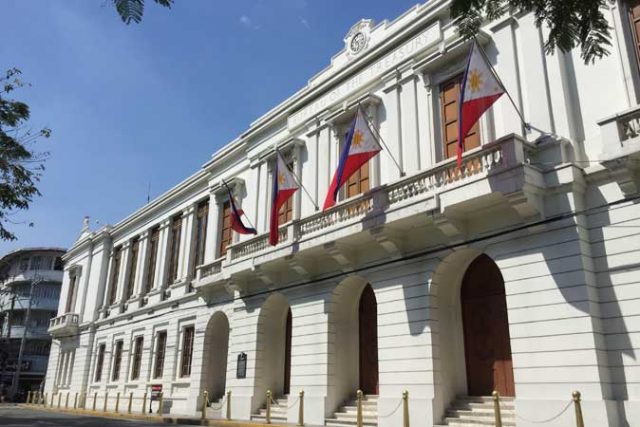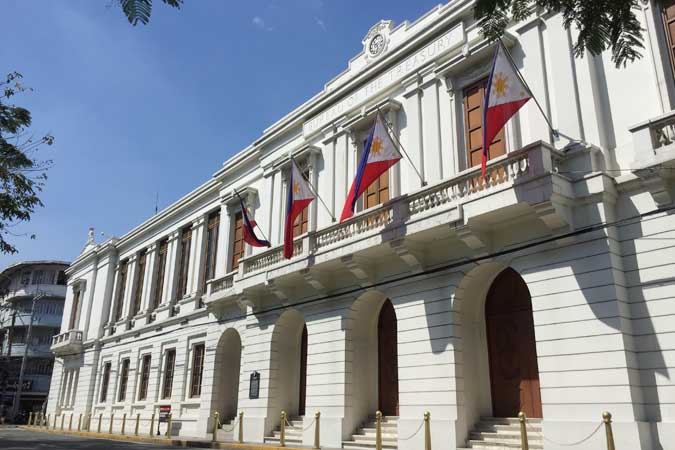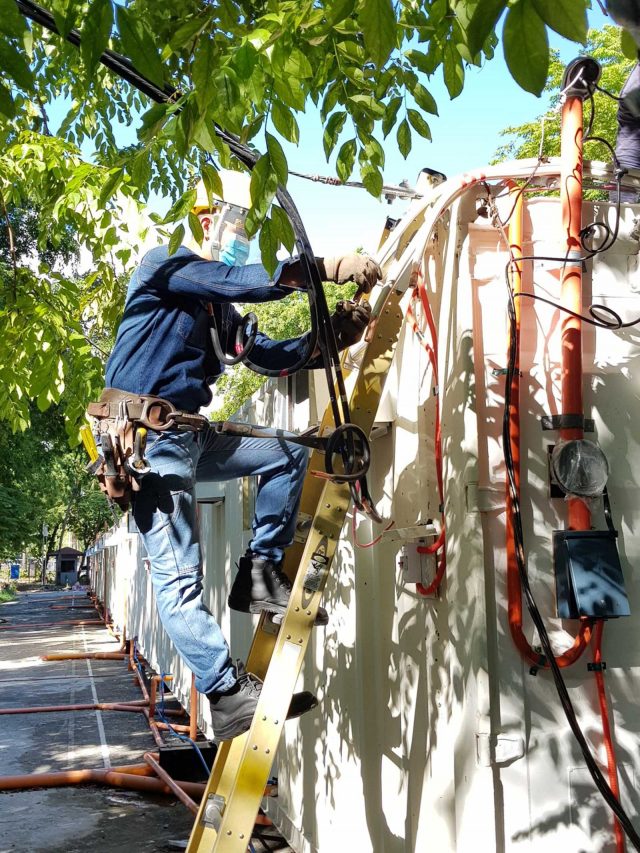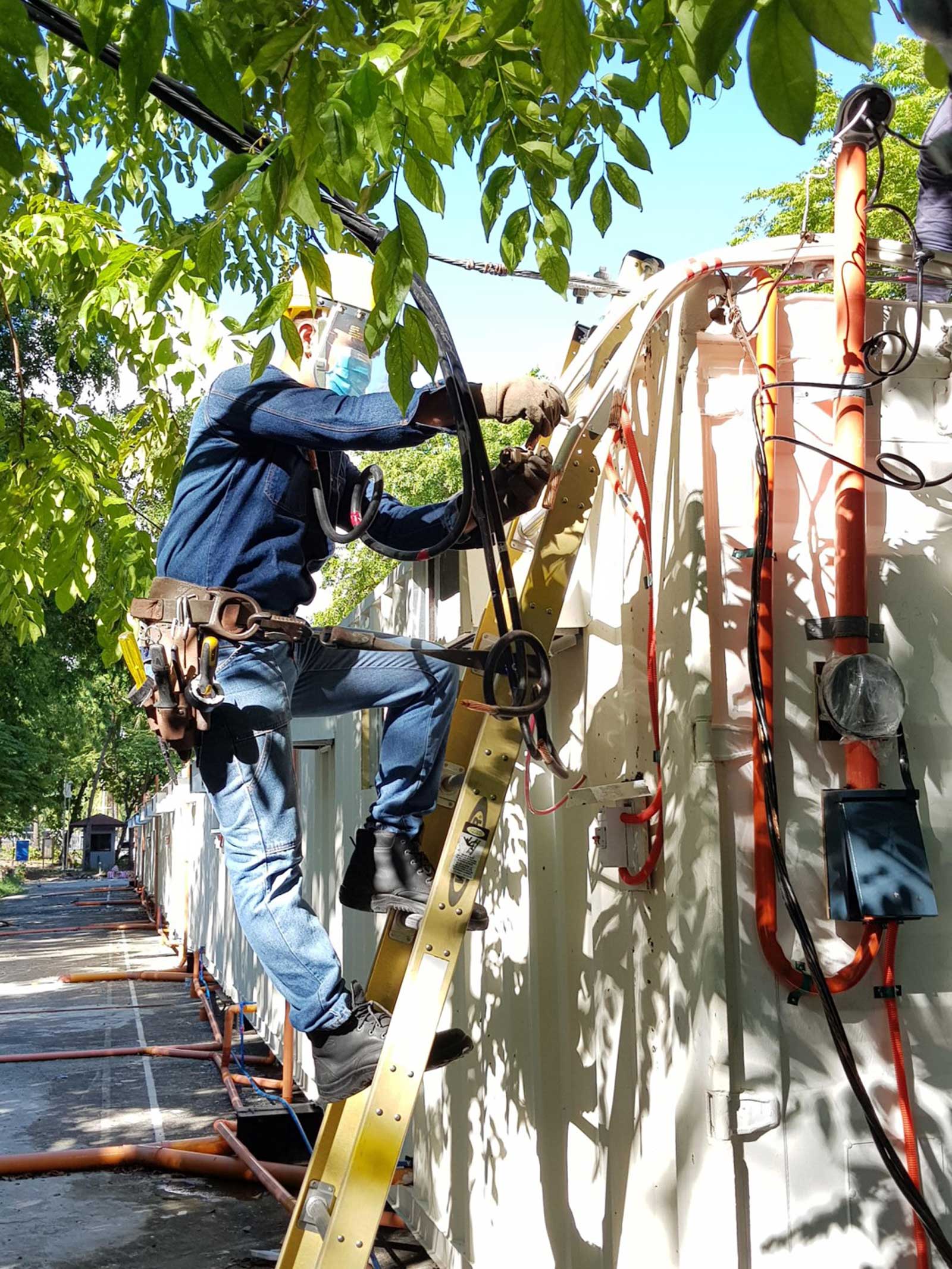By Patricia B. Mirasol
A DEPRESSION, anxiety, and stress scale that was translated into several Philippine languages revealed that the pandemic has had a larger psychological impact on Filipinos: the translated scales show a higher incidence of severe anxiety as compared to a similar study conducted solely in English.
The importance of psychological assessment tools in local languages — considering the country’s linguistically diverse society — was discussed in an April 30 webinar organized by the National Academy of Science and Technology (NAST).
The translated scales could help increase mental health awareness, and make the allocation of mental health services more efficient, according to academician Allan Benedict I. Bernardo, a member of NAST’s Social Sciences Division. In the said webinar, he presented his team’s work translating the Depression, Anxiety, and Stress Scales (DASS-21) into Tagalog-based Filipino, Cebuano, Ilocano, Hiligaynon, and Kapampangan.
The DASS-21 Scale, developed in 1995 by Syd H. Lovibond and Peter F. Lovibond at the University of New South Wales, provides therapists with self-reported, objectively-rated information on a client’s current levels of emotional functioning.
AGITATION, ALIGAGA, ATBP.
The translated scales showed higher incidences of extremely severe depression and anxiety as compared to an online English survey on the psychological impact of the pandemic in the Philippines (published in the December 2020 Journal of Affective Disorders).
The English survey reported that 4.2% of the respondents expressed severe to extremely severe depression. Using the translated scales, the number increased to 15.7% (with 6.9% of respondents expressing severe depression and 8.8% expressing extremely severe depression).
The same increase was seen in results for severe to extremely severe anxiety. The English survey reported 11.1% of respondents falling into this category while the translated scales reported 19% (6.9% said they were experiencing severe anxiety; 12.1%, extremely severe anxiety).
Mr. Bernardo added that the sample obtained by the authors of the study using the English survey, conducted from March 28 to April 12, 2020, was a highly educated one and not representative of the Philippine population. “This was partly why our group was motivated to translate the DASS-21 into different Philippine languages,” said Mr. Bernardo.
The localized DASS-21 survey was done between May to September 2020 and across a bigger and more geographically diverse sample, albeit one that was still non-representative of the whole population.
Among the challenges encountered by Mr. Bernardo and his team were translating symptoms into the local idiom. A phrase like “excessive rapid breathing” is difficult to translate in a conversational manner — emphasis on “conversational” — as is a word like “agitation,” which translates to aligaga in Tagalog. “But imagine if that word was given to a college student,” said Mr. Bernardo. “They’d wonder what that meant.”
The NAST academician shared several examples of his team’s translations in Cebuano:
“I experienced breathing difficulty (e.g., excessively rapid breathing, breathlessness in the absence of physical exertion)” was translated as “Nakasinati ko ug kalisod sa pag-ginhawa (pananglitan, paspas akong pag-ginhawa, dili kaginhawa bisan walay pisikal nga gibuhat).”
“I found myself getting agitated” was translated as “Nakabantay ko na dali ra ko masuko o saputon.”
“I felt downhearted and blue” was translated as “Nakabati ko ug kaguol ug ma-oy.”
COVID-SPECIFIC ANXIETY
A new Coronavirus Pandemic Anxiety Scale (CPAS-11) in English that has been validated as a screening tool was also presented during the April 30 webinar. The scale, intended to pick up specific symptoms beyond the symptoms of general anxiety, revealed a percentage of severe anxiety even higher than the ones reported in the Journal of Affective Disorders and the DASS-21 local translations: 29.19%.
The CPAS-11 study noted, however, that its sample was not a nationally representative one, and should not be interpreted as a national prevalence rate.
Further validation studies are being done on the newly developed scale. The different language translations of the DASS-21, meanwhile, will be available in the HopeLab@DLSU website after the validation studies are published.
Mr. Bernardo cautioned against misinterpreting scores and taking the results of these tools as a diagnosis, as professionals rely on a more complex system of assessment for diagnosis.
“There are some levels of stress that are normal. If you’re living a life without stress, then that’s kind of strange, if you ask me,” he said. “But if these symptoms become severe or sustained over time, then we get concerned about the health of the individual.”
















